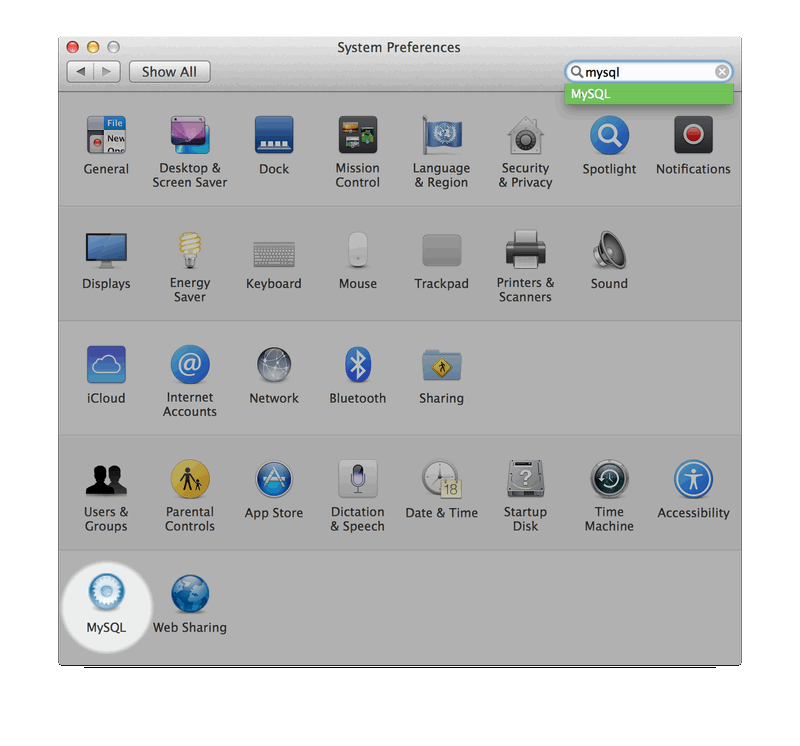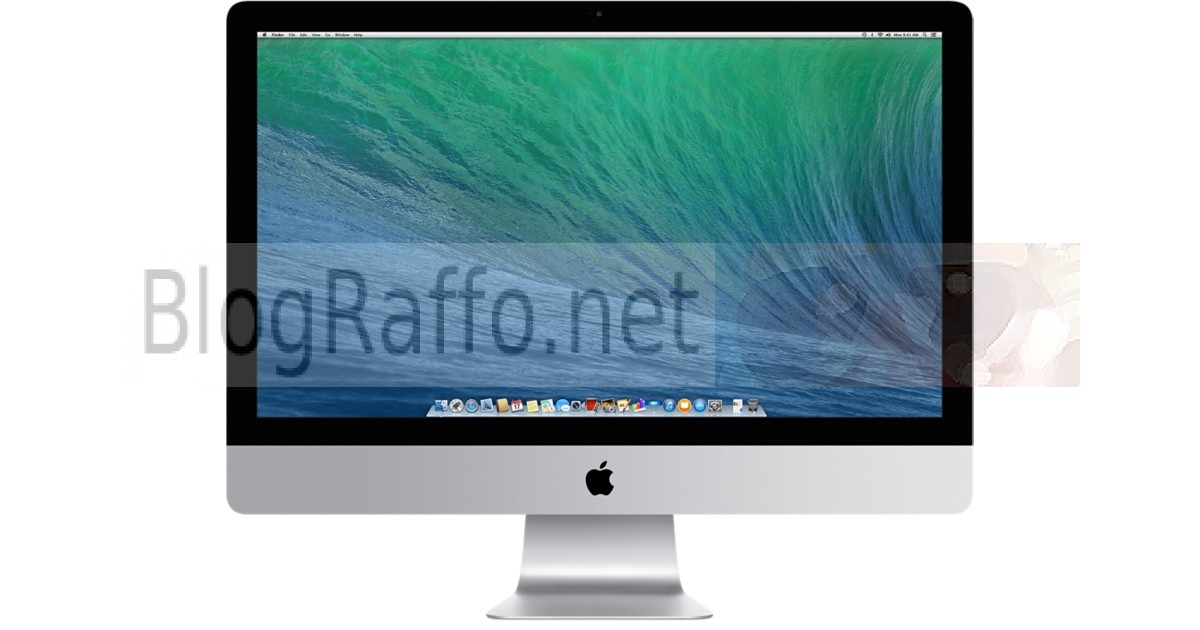
How to Start & Stop MySQL Manually in OS X El Capitan & Yosemite Many developers require MySQL on their Macs, but if you’ve tried to install MySQL in OS X. Use the MySQL Preference Pane or launchd to configure MySQL to automatically start at bootup. When installing using the package installer, the files are installed into a directory within /usr/local matching the name of the installation version and platform. For example, the installer file mysql-5.7.33-osx10.13-x8664.dmg installs MySQL into. Updated on December 27, 2014 video which explains how to install MySQL on a Mac. Note: The MySQL 10.9 and 10.8 dmg files have just one install. Start, Stop, Restart MySQL from Mac OS Preference Panel. To do that, simply go to the? Apple menu and open System Preferences. Choose the “MySQL” preference panel, then click on the “Start MySQL Server” button to start MySQL Server on Mac. If the server is already started, the button will change to “Stop MySQL Server”. The MySQL server is installed on the Mac, but it does not load by default. Start MySQL by clicking Start using the MySQL Preference Pane, which was installed during the default installation. You can configure MySQL to automatically start when you turn on your computer using the MySQL Preference Pane.
SL-NTFS disk writing preference pane.
Before 10.6, only reading was possible, since 10.6 writing is possible too, but disabled by default, because Apple doesn’t officially support it.
SL-NTFS is just an interface on the Apple NTFS driver to enable writing.
Any encountered problem come from the Apple driver and not from the Preference. If you often need to write on NTFS disk, I recommend you to look for a better solution.
Also, you shouldn’t use SL-NTFS and another utility which do the same work, it might cause some trouble.
Installation :
The installation is very simple, once the .zip archive downloaded, unzip it, and launch the installer package and follow the steps.
Usage :
It’s designed to be very simple to use. Once the preference is opened you will have this window :
The table list all the available NTFS volume (Internal and External) and the writing status.
To enable or disable writing on a volume simply check the button. If you didn’t enter your password yet, it will be prompted.
After that, the disk will disappear and re-appear in the table, if the button is still unchecked that means the writing on this disk via the Apple driver isn’t possible.
You have the possibility to activate a daemon (program which run in background) that will ask you if you want to activate the writing on the disk each time one is mounted and writing isn’t enable on it.
Uninstall :
To do a clean uninstall, I recommend you to use the uninstall button in the about tab of the preference.
Mysql Preference Pane Mac Download Mac

Mysql Preference Pane Mac Not Working


